Israeli artist Stephan Bazbaz is a name that has slowly but surely made its way on to the lips and record bags of the most discerning DJ’s and clubbers. Having produced music for a range of top labels that include the likes of PIV, EWAX, Djebali, Moss Co. and Infuse Stephan is a self-certified studio nerd that has cut his teeth on the dancefloor and it shows. Stephan is next to share his studio knowledge with The Source and we caught up with him to get the inside track on his use of pitch modulation.
Tell us about your tutorial in depth.
So basically, this tutorial is about pitch modulation. The idea is to create a random synth line that interacts with the baseline in order to create an arpeggiator. Pitch modulation is a very common function in all synths which you can make a lot of interesting sounds from. In this tutorial, I’m showing a more complexed way to create the modulation, instead of using only the synth’s inner modulation. here I’m using the following plugins – Pitch, Scale, Operator and the LFO. Now the reason I chose this way and not the inner modulation process of the Operator is that the LFO plugin has much more functions to it and i found it to be more stable. You can fine-tune a lot of parameters with it and use multiple modulation destinations.
I think we all can agree that random synth lines always sound good especially when on 16/1 notes rate. I think it’s a great way to create a Rolling baseline or any other pitch modulated synth line. Basically, I assigned the LFO to modulate the pitch of the pitch plugin, to a random waveform and to a 16/1 note rate in order to create the modulation I wanted. Then in the Operator synth, I changed the Oscillator from sine to saw3 and worked the envelope and the filter a bit to my taste. The big idea behind this tutorial is to show how to create parts without trying to write them yourself and by letting the synths, sequencers and plugins do the job. Once you get the idea and know-how to work with the LFO then the sky is the limit.
Is there a track of yours that you’ve already released where this technique is a standout part of the track?
I use pitch modulation a lot in my music, but this particular 2nd bass layer is a technique I used a lot only in the last year and you’ll be able to hear it on all of my future productions. I also used the same technique on my track with Asael Weiss – “Only” that was out on Moss Co. in 2018.
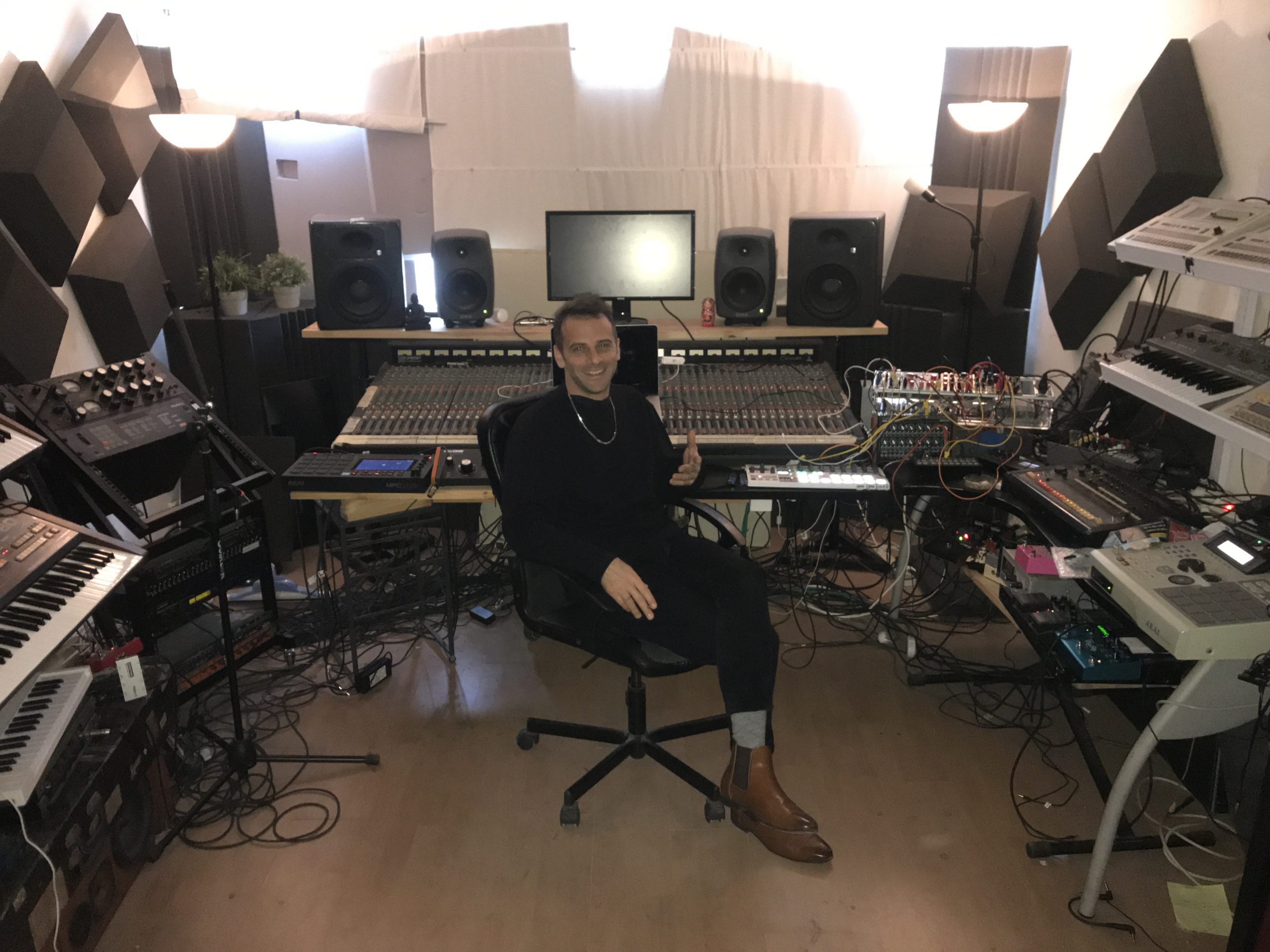
Tell us about your favourite piece of hardware, when did you get it, what do you use it for, what makes it special?
My favourite hardware in the Roland SH 101. I got it around 4 years ago and I use it on every single track I had since then. It’s the perfect Bass machine and you can create so many sounds with, such as leads, synth fx’s and many more. The main reason that I love this so much except that it has the best sound in the world is that still till today I learn new things on it, it’s just endless and I feel it’s just the beginning.
Where do you get your inspiration from and what do you do if you hit a wall when trying to finish a track?
There’s no specific place I get inspired from but for me it’s more of a question of where my mind is at the time I’m producing. If I’m having a time which I feel more confident about my life and comfortable with who I am then I can really feel it in my music. the most important thing for me is to catch the times that I feel more focused and aware of my abilities in the studio and then just spending lots of hours in the studio and to take advantage of this situation.
There are different kinds of walls when finishing a track so for an example I finished a few tracks recently that sounded really bad but I know that the idea of them is good so I just sent them to other engineers to do the mixdown. I think getting feedback from other producers or even just friends is very helpful as people can hear different things then you do on your own music. Usually, I don’t get stuck too much on a track that I feel is hard to finish, the procedure of making music supposed to be fun and inspiring so I don’t go hard on myself.
Tell us about something you’ve learnt that really took your production up to a higher level?
I think the most important thing I’ve learnt is to use sequencers and modulation processes to do most of the job for me. You can see this technique a lot on modular systems. the goal is to set some modulations and sequencers to change the sounds by themself only by configuring their parameters. And the main thing which is the most important is just to spend a lot of time in the studio. As much as you can. Be a studio nerd!
More info on Stephan Bazbaz
Facebook | Resident Advisor | SoundCloud | Discogs | Website
More info on The Source
Instagram



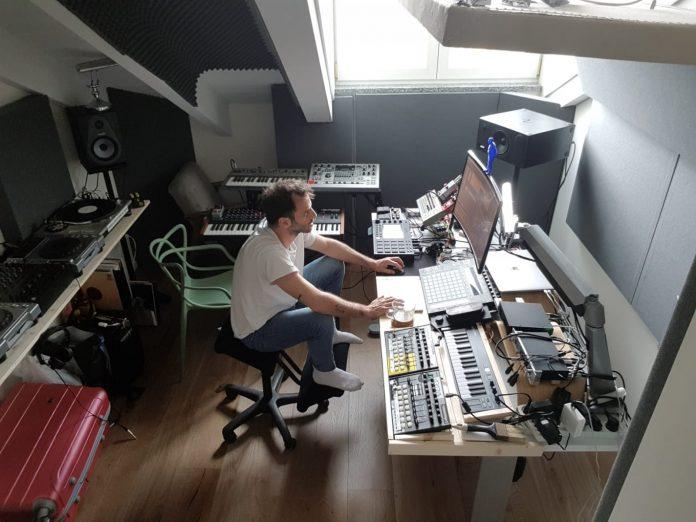

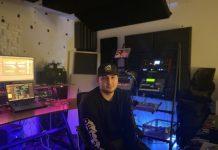
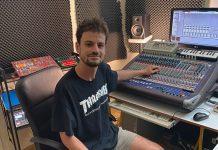
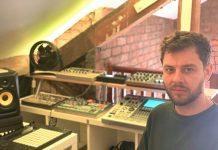




![Premiere: 1 – Gojnea76 – Legata [LWKY001]](https://trommelmusic.com/wp-content/uploads/2025/12/5-Cem-Sagisman-100x70.jpg)
![Premiere: B2 – I.O.N – They Are Looking At You [THRPY002]](https://trommelmusic.com/wp-content/uploads/2025/12/12f62236-c60a-4b4e-b8a7-df2e49e345e1-Ritmo-London-100x70.jpg)
![Premiere: B1 – JOSS – The Sun Is On Its Way To Us [ARR051-2]](https://trommelmusic.com/wp-content/uploads/2025/12/ARR051_part_2_a_label-Joss-Atreform-100x70.jpeg)
![Premiere: 3 – Alvaro Medina – Create Your World [SVM022]](https://trommelmusic.com/wp-content/uploads/2025/12/3.-Alvaro-Medina-Create-your-world-cover-Said-Moruki-100x70.png)
![Free Download: Nicole – Bird In Plane [TFD125]](https://trommelmusic.com/wp-content/uploads/2025/12/DSCF9256-100x70.jpg)
![Premiere: A2 – Otrera – Cheronca Ay (Sueezo Remix) [SUCRE01]](https://trommelmusic.com/wp-content/uploads/2025/12/photo_2025-12-14_14-34-18-100x70.jpg)
![Premiere: 1 – Memed Awad & Moruki – Future Fly [SVM020]](https://trommelmusic.com/wp-content/uploads/2025/12/Future-fly-cover-Said-Moruki-100x70.jpg)
![Premiere: A1 – Silat Beksi – iLLuminati [ARR051.1] Artreform - Silat Beksi](https://trommelmusic.com/wp-content/uploads/2025/12/CS1118784-01A-BIG-100x70.jpg)